Search

Replacing Legal and Financial Documents in South Dakota
Fact sheet covering various document types that may be lost, destroyed, or stolen and provides sources for information to replace them.
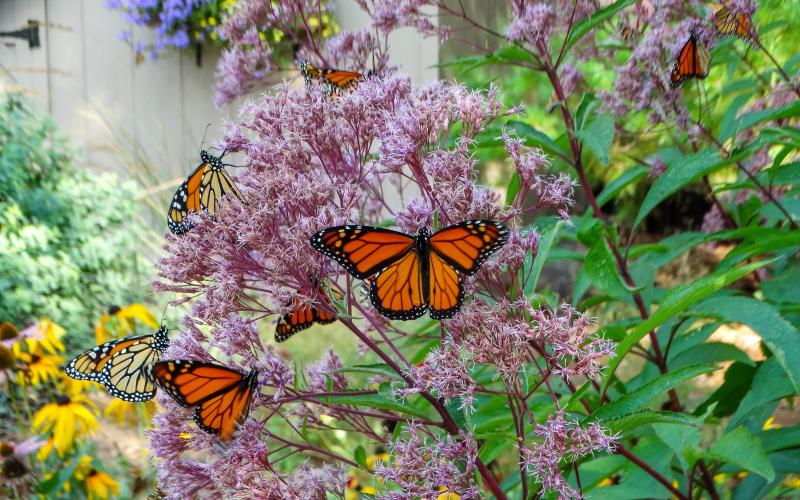
SDSU Extension Master Gardener Club Guidebook
Guidebook for SDSU Extension Master Gardener Clubs
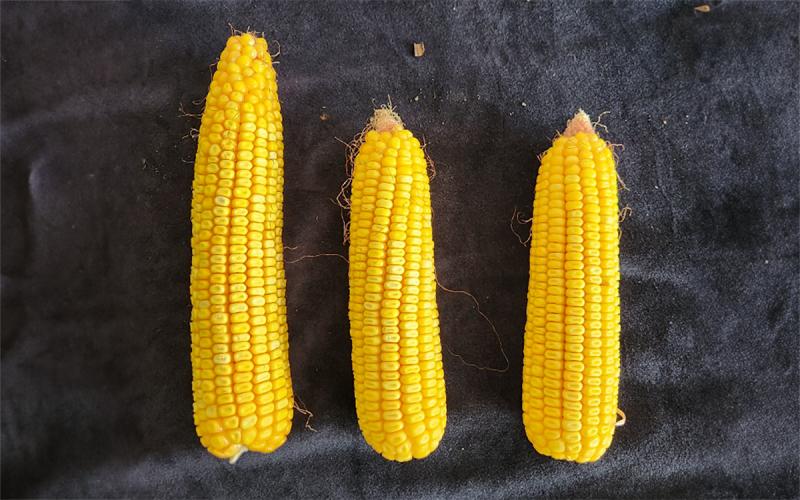
Another Revisitation of Using 2,4-D and Dicamba for Corn Weed Management: Application timing and rates matter
While doing some final weed control ratings this season, ears were pulled from plants in plots treated with 2,4-D, dicamba, and a standard Group 27 herbicide program pre-and-postemergence. Learn what impacts these herbicides had on the ear's size and appearance.
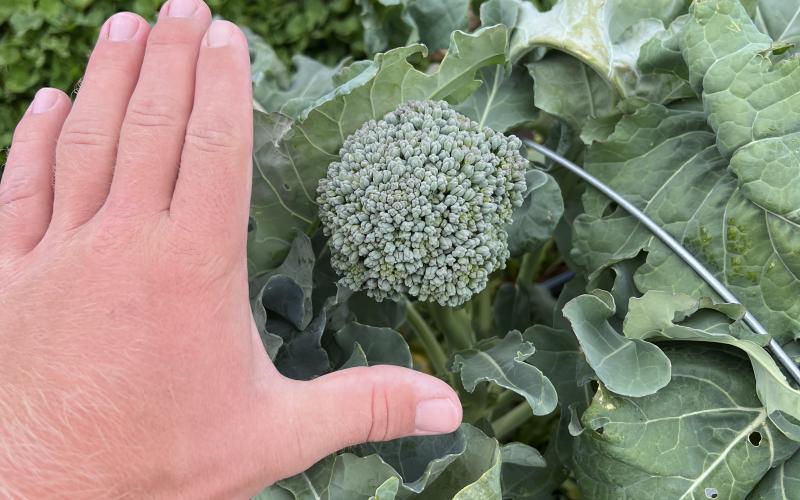
SDSU Extension to host off-season Garden Hour series
September 25, 2024
Garden Hour runs weekly during the growing season, typically from May through August. The off-season episodes are scheduled from 7 to 8 p.m. Central time on Oct. 8 and Dec. 3, 2024, and Feb. 11 and April 1, 2025.
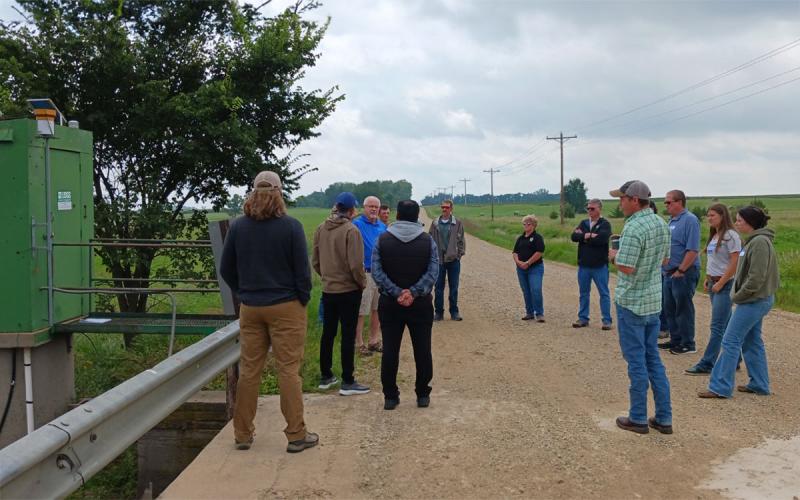
The Importance of Riparian Areas
Riparian areas occur along streams, rivers, wetlands, lakes, and shorelines and can be considered the last line of defense before pollutants enter a body of water. Learn about the many benefits these areas offer and the programs available to support their conservation.
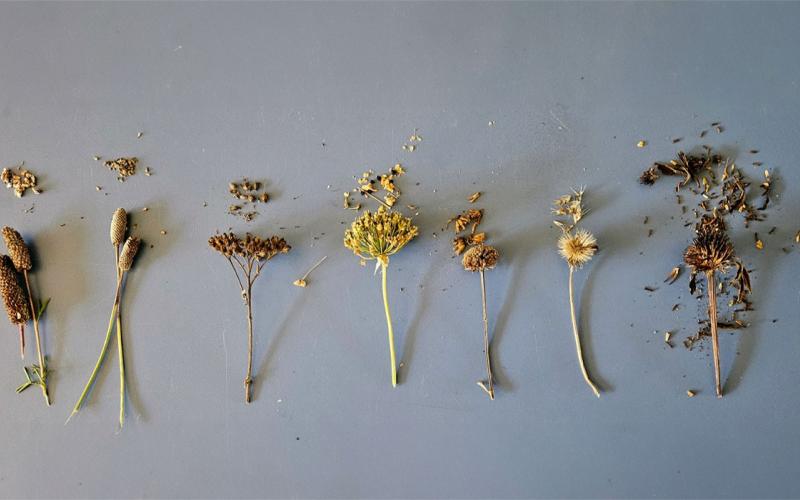
Native Seed Hand Harvest Guidelines
Hand harvest of native plant seed is a low-cost and low-tech method suitable for collecting seeds for small-scale use. Learn some important guidelines for harvesting, storing, and stratifying native plant seeds.
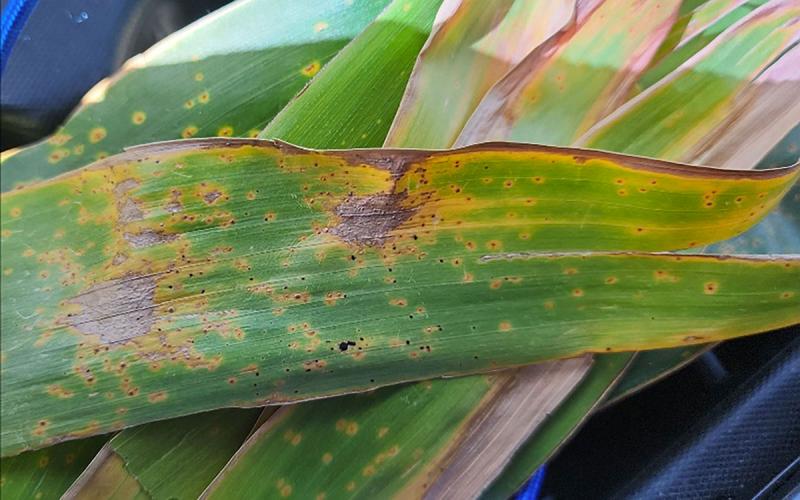
South Dakota Tar Spot Update: September 30, 2024
As of September 26, 2024, our researchers have confirmed the presence of tar spot in 25 counties across the eastern half of South Dakota. The severity of infection has varied anywhere from less than 1% to approximately 20% on individual corn plants.
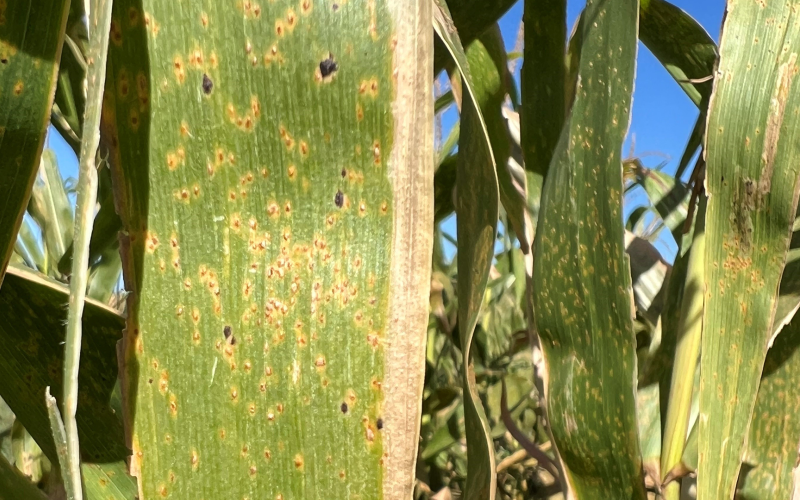
SDSU Extension to host disease scouting workshop for corn, soybeans
October 01, 2024
If you have been wondering what you’re seeing in your corn or soybean fields this season, join the SDSU Extension plant pathology team in Volga to see tar spot in the corn field and white mold in the soybean field, or to have your own diseased plant material identified.
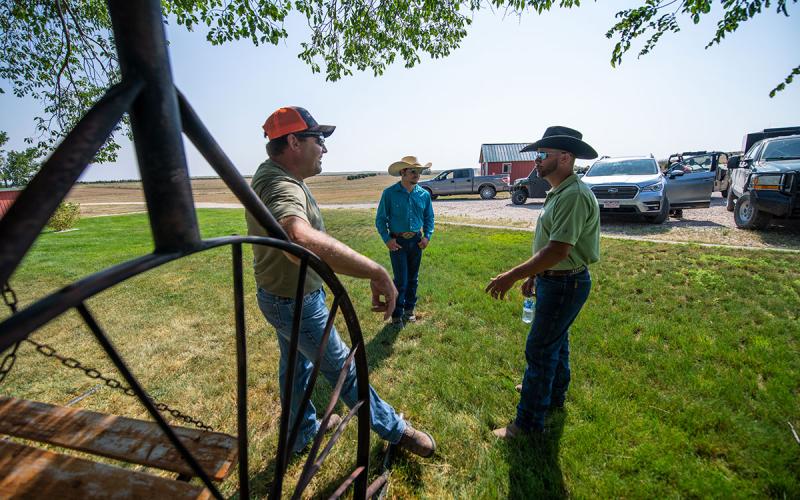
A Healthy Farm Needs a Healthy Farmer
Farm safety encompasses the health and safety of farmers, farm workers, and their families, and it is very important to farmers and ranchers across our state.
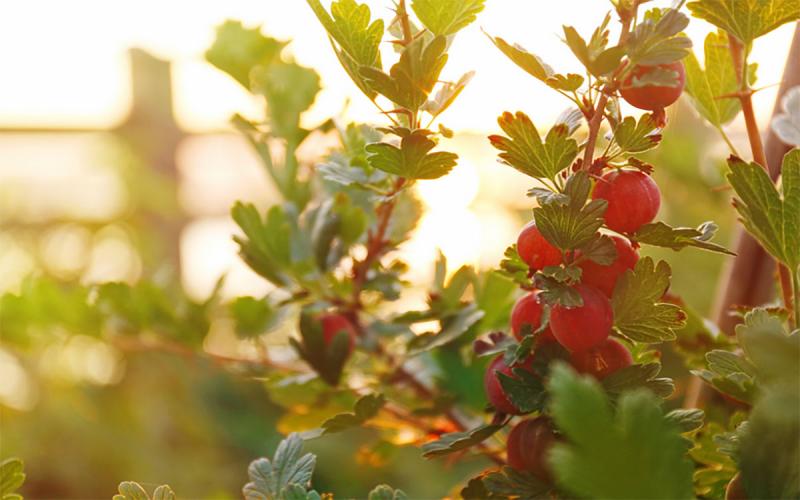
Gooseberry: How to Grow It
Gooseberries are small shrubs that can provide fruit even in partially or lightly shaded locations. Learn some expert tips for planting, growing, and harvesting them in this resource!